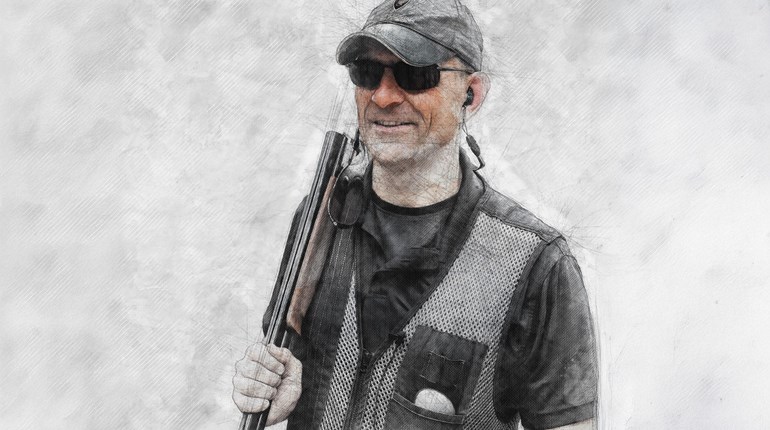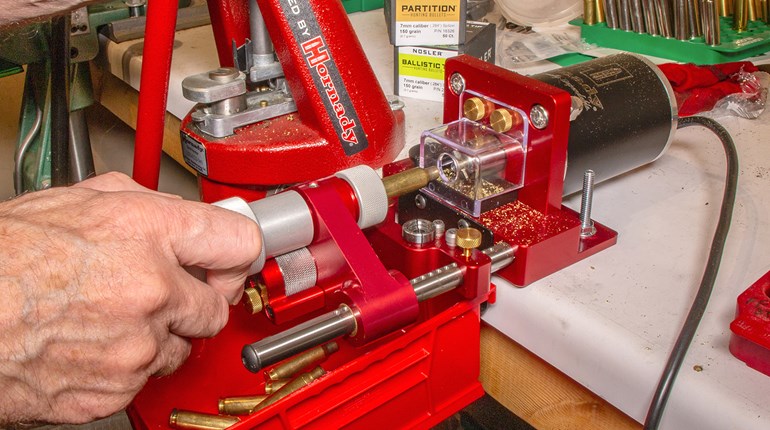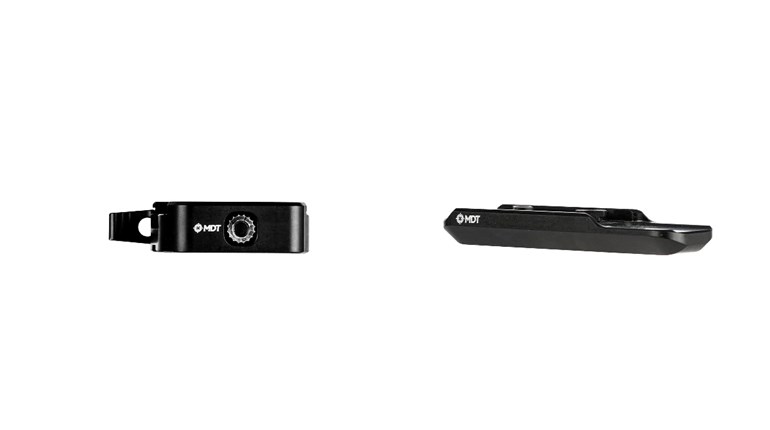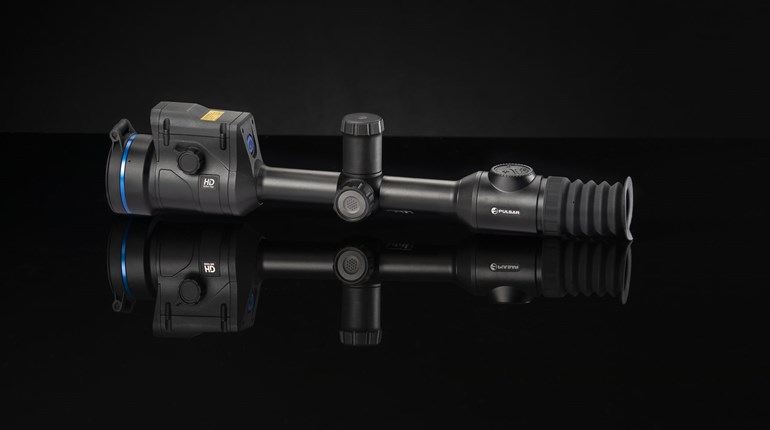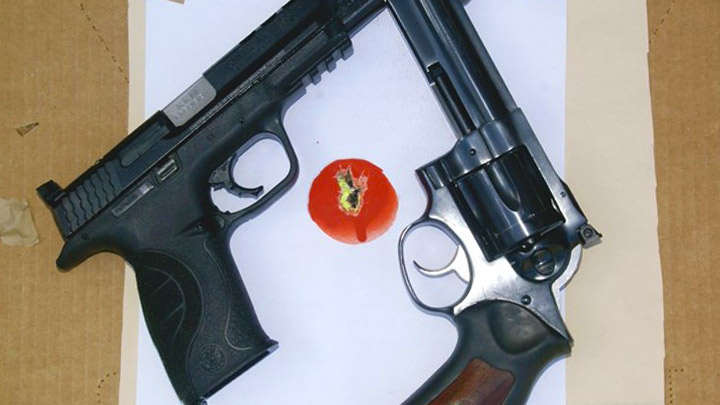
In action shooting disciplines, Match Directors can be pretty sneaky when they design their courses-of-fire and often incorporate targets that force the shooter to slow down and deliver a precision shot. And it makes no difference whether it's an IDPA, USPSA or ICORE match. They all do it. One tactic is to snuggle a No-Shoot target tight to a Shoot target, leaving little scoring area available. Hit the No-Shoot and you eat a pile of down points that trash your score. In addition, sometimes they will put up a hardcover target that covers most of the Shoot target behind it, and shots that hit the hard cover mean you eat the down points for the shots you missed on the Shoot target. That doesn't help your score either.
This requires a shooter break off from their “hose ‘em” pace to settle down to deliver a precision shot on a target that may not offer more than a couple of inches of scoring zone—and at ranges out to 15 yards or more. These shots require intense focus on the basic fundamentals of grip, stance, sight alignment and trigger control. That's precisely what the Focus Drill requires.
The Focus Drill is shot at five yards. The target is a 1.5- to 2-inch circle on a clean white background. The drill is to bring the gun up in a freestyle hold and, taking your time, fire five deliberate single shots—bringing the gun down between shots and taking a short rest.
The objective is to chew one ragged hole in the center of the circle—basically putting every round into one large hole.
This drill is not as easy as it may appear. The five yards of distance is far enough to challenge the shooter to be perfect in their grip, stance, sight picture and trigger press—yet close enough to remove the mechanical accuracy variables from the handgun. Regardless of how the gun and load may group from a 25-yard benchrest, any decent competition revolver or semi-automatic should be able to shoot a 0.5-inch group at five yards. That is, if the shooter focuses on the basic fundamentals of handgun accuracy and executes them properly.

Making the appropriate targets is quite easy. Shooters can purchase small, stick-on target dots from the various target makers and simply slap them on an 8x10 piece of white copy paper. Or, most of the cardboard tubes from a roll of paper towels or bathroom tissue measure just under two inches. Stick one end on a piece of white paper, shoot some spray paint into the other and you can make targets all day long.
Competitive shooters who truly want to master their skills will also engage these targets with both their weak and strong hands only. Action Pistol shooters will benefit from this, as they are often called upon to engage targets with the weak and strong hand. But they're not the only ones. Precision (Bullseye) Pistol shooters will also find this to be a valuable drill. If they can make one ragged hole in a two-inch dot at five yards from their normal stance, the 10-ring isn't that intimidating.
Another very useful application of the two-inch dot target is in refining the first shot presentation from the holster. For many shooters, their worst shot on a stage will be the first shot on the draw because they were eager to get into the fray, they rushed it and were not fully on target. Stand at five yards and draw and fire one round. Holster and repeat. The shooter who can put all their rounds in the circle will have their draw stroke/presentation down pat.
Of course, one doesn't have to be on a live-fire range to gain benefit from that two-inch dot target. It is an excellent dry-fire target to set up in the home. Most shooters can find 15 feet of space in the house to set the target up. The dot makes it easy to see where the sights are when the trigger is pressed—whether one is doing deliberate dry-fire training or working on a presentation from the holster.
Overall, the dot target can be a great training aid. Shooters who master the Focus Drill will be able to handle the tightest shots—and thwart even the most devious Match Director.
Read more articles by Chris Christian:
- How To Get Started In Action Shooting
- How To Deliver Accurate Hits On The Move
- Understanding USPSA Comstock and Virginia Count
- Review: Ruger Super GP-100
- Rimfire Rifles and Steel
- Review: SIG Romeo1 Pro
- Conquering Cataracts
- Review: Lapua 9mm 123-grain FMJ
- 5 Tips To Help You Win Trophies With A Revolver
- Review: Smith & Wesson M&P 15-22 Sport OR with Optic
- Spend Your Time Wisely: Economy Of Motion In Action Shooting
- Review: Federal Syntech PCC 9mm 130-Grain
- Wringing Out CCI’s New Clean-22 Rimfire Loads














